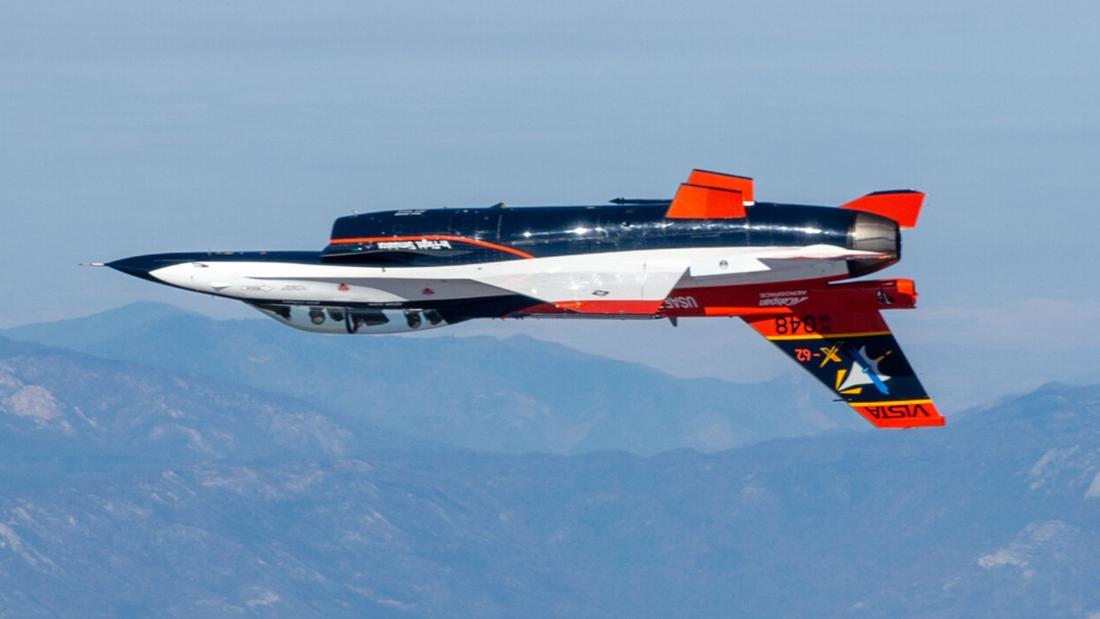However, Kendall said there will always be human oversight in the system when using weapons. The military’s transition to AI-powered aircraft is driven by safety, cost and strategic capabilities.
For example, if there were a conflict between the US and China, the current fleet of manned and expensive fighter aircraft would be vulnerable. The Chinese Air Force outnumbers the US and is also developing an AI fleet.
Future war scenarios envision swarms of American drones launching attacks on enemy defenses, giving America the ability to invade airspace without greatly endangering pilots’ lives. But this change is also driven by money.
The U.S. Air Force is still hobbled by production delays and cost overruns on the F-35 Joint Strike Fighter, estimated to cost $1.7 trillion. Smaller, cheaper AI-controlled unmanned jets are the perfect solution.
According to military operator Vista, no other country has such an AI jet, where the software first examines millions of data points in a simulator and then tests them during actual flights.
Vista conducted its first AI-controlled dogfight in September 2023, and there have only been about two dozen such flights since then.
But the program learns so quickly that some versions of the AI tested on Vista are already beating human pilots in combat. “We have to keep running. And we have to run fast,” Kendall said.
F-16 fighter jet with AI pilot. Photo: DARPA






